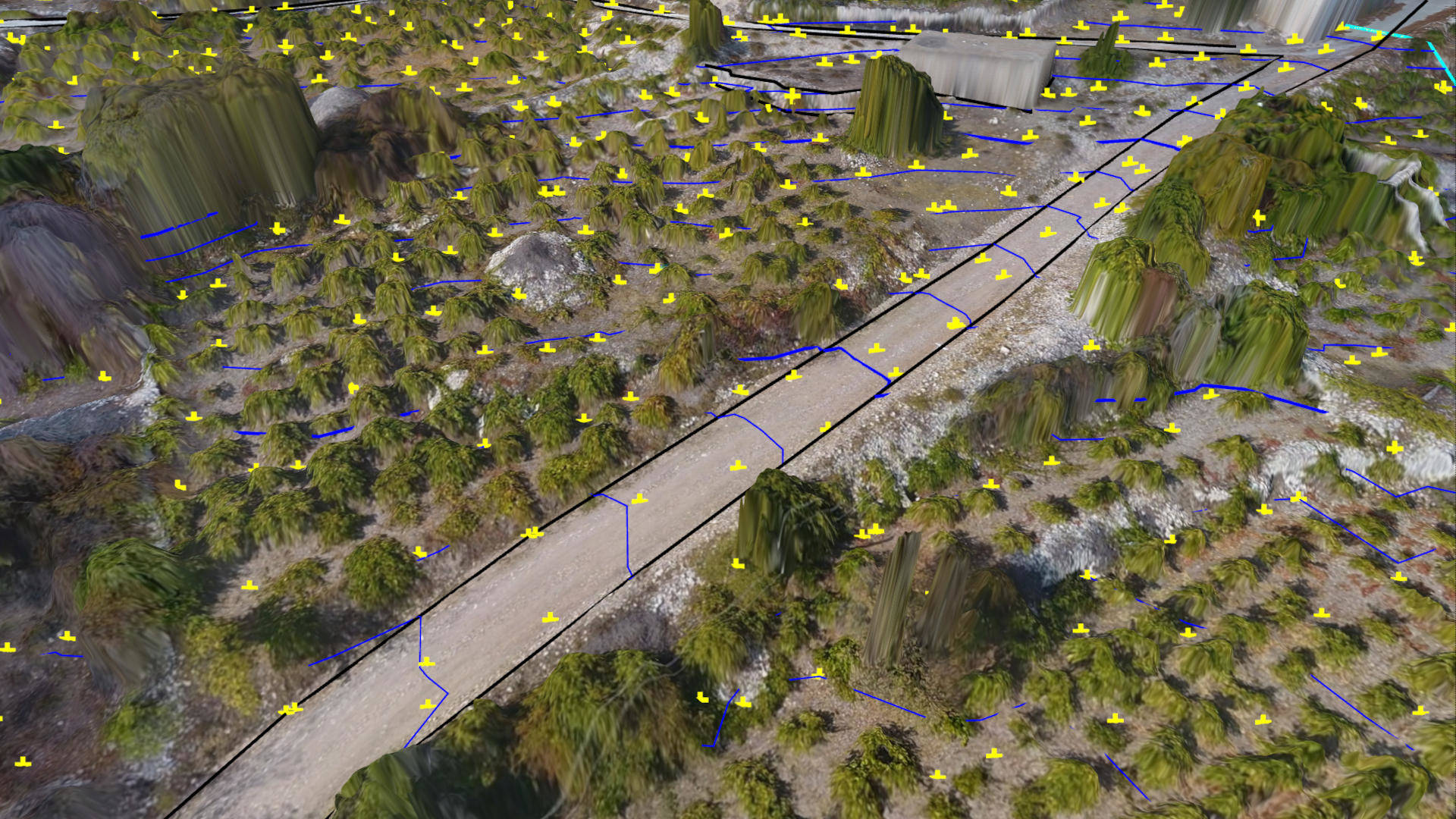Law college doesn't teach much about land studies, which leaves several aspiring real estate attorneys in the quandary. Surveys frequently occupy the key of property transactions and disputes. Within fact, surveys happen to be central to THE MAJORITY OF real estate matters, which include land conveyances, border disputes, and property development. Yet virtually all beginning attorneys general shortage a basic knowing of the types of research. Despair not: this article provides a good summary of the types of surveys in addition to their intended uses.
DIFFERENT TYPES OF SURVEYS
The actual category and purpose of a survey can tremendously increase the reader's understanding. This is very similar as looking out an air travel window: the spot miles below can be incomprehensible unless you possess some idea of what to expect.
You will discover roughly four overarching categories of studies: 1) boundary, 2) plat, 3) topographic, and 4) design. Each has its own purpose as follows:
1. Border. Boundary surveys present the location of lots without splitting them into new properties. The most frequent subcategory is a 'record of survey', which can be the variety located recorded with region auditor's offices. Additional subcategories include 'right of way' (road boundaries), ALTA and ACSM (surveys with regard to land title policies), riparian (water boundaries), and boundary line adjustment.
2. Plat. Plats depict the label of properties. They will essentially take one property and break up it into two or more parts. For example, some sort of plat might generate a subdivision, or perhaps a 'short plat' might create some sort of small subdivision. These types of research can also illustrate multiple properties which coexist as a new single lot-a condo 'survey map plus plan. '
a few. Topographic. Topographic surveys show the "contours" of the land. https://zenwriting.net/taiwansnake36/gps-unit-topographical-survey and common "contour" is change in elevation, usually draw as traces representative of two foot rises or even drops. Other frequent contours include properties, roads, utilities, rivers, and trees. In contrast to boundary surveys plus plats, topographic research typically do certainly not give attention to lot ranges, though boundary outlines could possibly be included for added perspective. Some sort of wetlands critical place survey is some sort of good example regarding a topographic subcategory.
4. Construction. Because the name recommends, construction surveys satisfy construction site and even planning needs. These people thus often display roads, sewer outlines, elevation changes, tornado drain sections, energy lines, building sizes, physical obstruction, plus any other features about which building contractors should be conscious. Consider them the particular survey equivalent to be able to a building's new drawings.

Before interpreting any survey, initially identify its type and purpose. Your clients will be glad with regard to it later.
